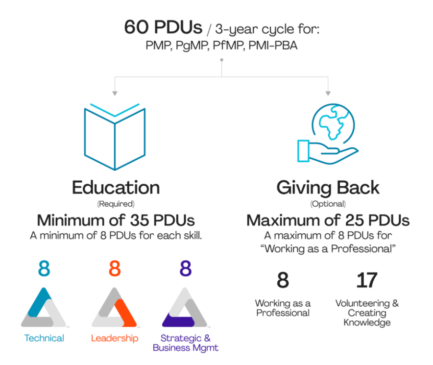
Top ten dispensers based on ratio of Schedule II to all Schedule II-V prescriptions.Top ten dispensers of opioids from out of state prescribers.Top ten prescribers of buprenorphine for MAT dosing >24 mg/day.Top ten prescribers of ER/LA opioids to opioid naïve patients.One or more patients prescribed 1,500 MME/day.Top ten prescribers of opioids with minimal PMP use.For the next year, the following will be used to guide PMP-initiated investigations: In September 2018, the PMP convened and unanimously updated the criteria for indicators of unusual patterns of prescribing and dispensing of covered substances. Īdditionally, in cases where the data analysis indicates an unusual pattern of prescribing or dispensing of a covered substance or potential misuse of a covered substance by a recipient, the PMP may disclose this information to the Enforcement Division of the Department of Health Professions.

#La pmp aware code
In 2018, the Virginia General Assembly amended Code § 54.1-2523.1, which now reads, in pertinent part, that the PMP shall develop criteria for indicators of unusual patterns of prescribing or dispensing of covered substances by prescribers or dispensers and misuse of covered substances by recipients and a method for analysis of data collected by the Prescription Monitoring Program using the criteria for indicators of misuse to identify unusual patterns of prescribing or dispensing of covered substances by individual prescribers or dispensers or potential misuse of a covered substance by a recipient. Ģ018 PMP Amendment, Updated Criteria for Investigation Since the 2017 Amendment, the Enforcement Division has conducted sixty-two reviews of prescribers and dispensers and initiated investigations as appropriate, which can lead to real consequences for prescribers and dispensers. Similarly, the Enforcement Division has historically been reactive to complaints, but now has a proactive approach to investigations. This was the first time the PMP was converted into an enforcement mechanism that could be used against prescribers and dispensers. In July 2017, the PMP received statutory authority permitting it to disclose PMP data indicative of unusual prescribing and dispensing of covered substances to the Department of Health Professions Enforcement Division. Vigilant utilization of the PMP can help prescribers and dispensers in monitoring their practice and identifying potential misuse of covered substances. thanks to developing electronic interoperability between systems. Virginia PMP users now have access to a patient’s prescription history from thirty other states and D.C. Utilization of the PMP by prescribers, pharmacists, and their delegates has increased steadily over time.

longer acting benzodiazepines and muscle relaxants), and sedatives (i.e. for attention deficient disorders), tranquilizers (i.e. The prescription medications that are most commonly abused fall into four categories: pain relievers (i.e. Providers and dispensers should be aware of the recent laws involving the PMP that could lead to investigation of their prescribing and dispensing practices.

More recently, the PMP has become a source of data collection that can help in identifying unusual patterns of prescribing and dispensing of covered substances. The primary purpose of the PMP is to serve as a helpful tool for healthcare providers by promoting safe prescribing and dispensing practices for covered substances. The Virginia Prescription Monitoring Program (“PMP”) is a statewide electronic database with information on dispensed controlled substances included in Schedule II, III and IV those in Schedule V for which a prescription is required naloxone gabapentin and soon cannabidiol/THC-A oil.


 0 kommentar(er)
0 kommentar(er)
